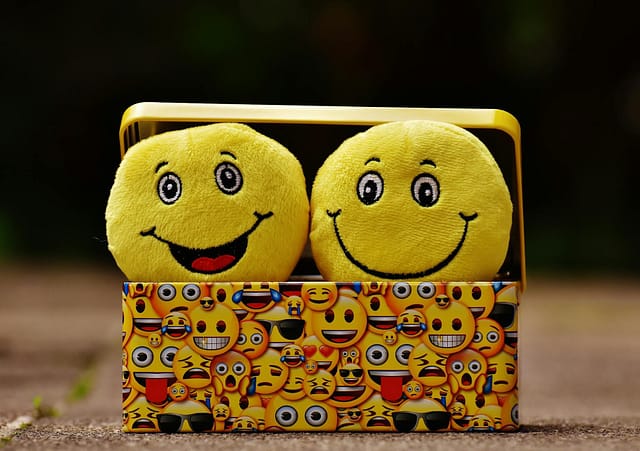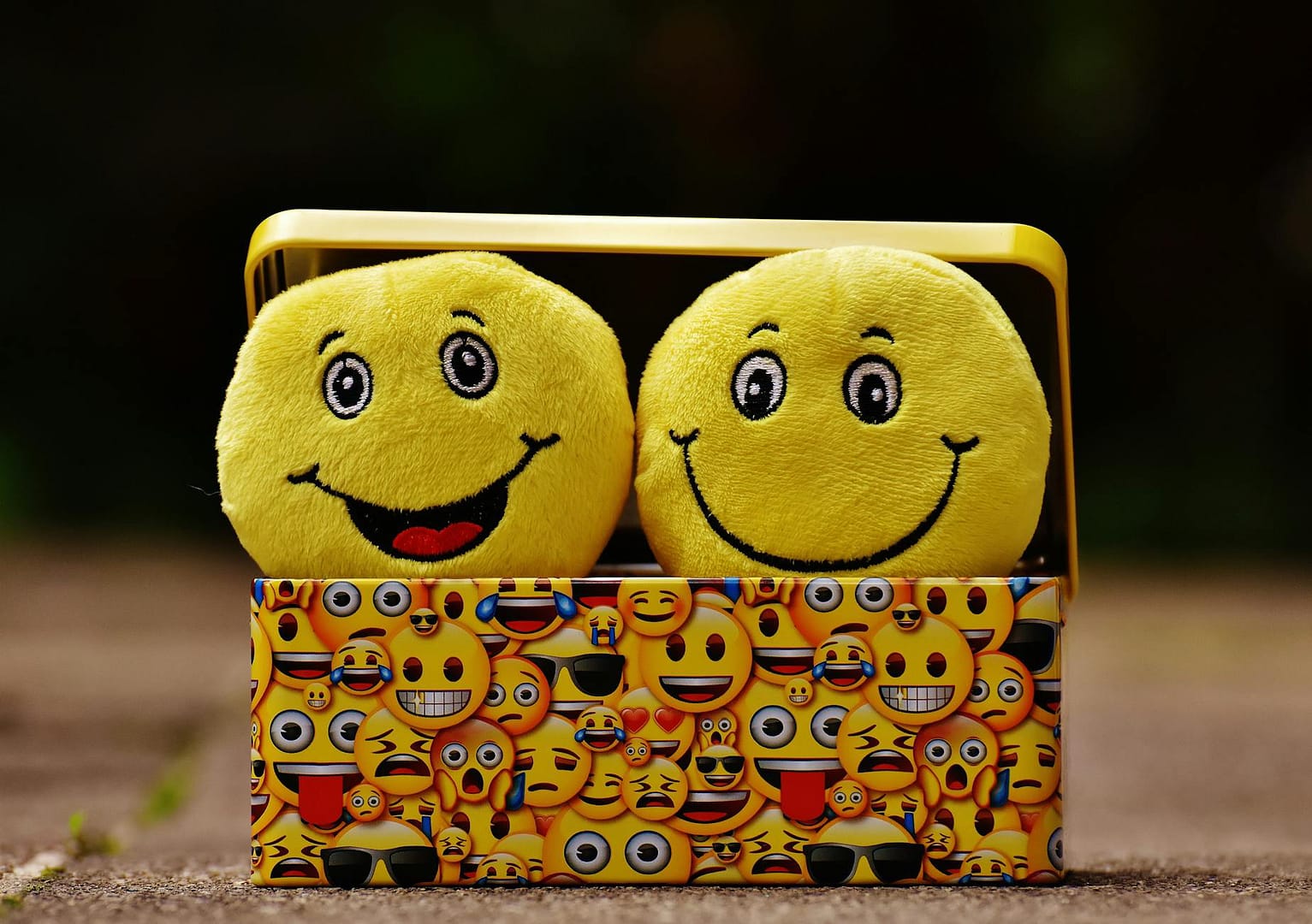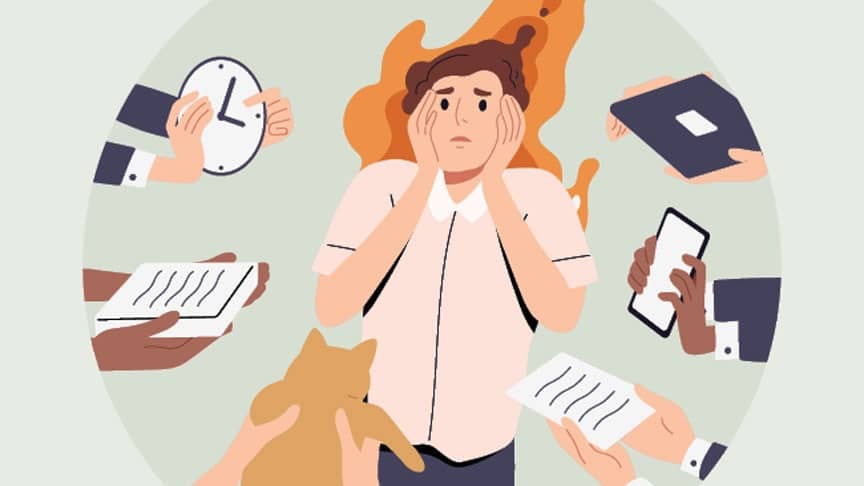We spend countless hours dissecting our problems, analyzing our stress, and figuring out what’s going wrong in our lives. But here’s what I’ve learned: we’re missing half the equation. When’s the last time you stopped to really examine what happiness feels like when it shows up?
Why Happiness Analysis Matters More Than You Think
Most of us treat happiness like a lucky accident—something that just happens to us when the stars align. But what if I told you that happiness has patterns, triggers, and a whole blueprint you can learn to recognize and recreate?
Think about it: you wouldn’t expect to get better at anything without studying what success looks like. Yet somehow we expect to get happier without ever paying attention to what happiness actually feels like in our bodies, our minds, and our daily choices.
The Happiness Detective Method
Here’s what changed everything for me: I started becoming a detective of my own joy. When those moments of genuine contentment hit, instead of just enjoying them and moving on, I began to pause and investigate:
What does this feel like physically? Maybe your shoulders drop, your breathing deepens, or there’s this warm sensation in your chest. Your body holds clues.
What’s happening in my head right now? Are you thinking about the future with excitement? Feeling grateful for something specific? Notice the mental soundtrack of your happy moments.
What led up to this feeling? Did you just help someone? Finish a project? Have a great conversation? The breadcrumbs matter.
The Ripple Effect of Joy
One thing I’ve noticed: when I’m genuinely happy, I become a different version of myself. I’m more patient with that slow driver ahead of me. I’m quicker to forgive my partner’s messy habits. I laugh instead of getting annoyed when plans fall through.
These aren’t coincidences—they’re patterns. And once you see the patterns, you can start making conscious choices to embody them even when the happiness isn’t flowing naturally.
Your Happiness Toolkit
The beautiful thing about studying your joy is that you start building a personalized toolkit for tough days. Maybe you discover that certain songs instantly shift your mood, or that calling your best friend always leaves you feeling lighter, or that spending ten minutes with your dog works better than any therapy session.
These aren’t just nice-to-haves—they’re your happiness triggers, ready to deploy when life gets heavy.
Making Happiness a Practice
Here’s the truth: happiness isn’t just something that happens to you. It’s something you can cultivate, practice, and get better at. When you start paying attention to joy with the same intensity you give to your problems, something magical happens—you start attracting more of it.
It’s like that old saying: what you focus on grows. Most of us have gotten really good at growing our awareness of what’s wrong. What if we got equally skilled at growing our awareness of what’s right?
Your turn: The next time you catch yourself feeling genuinely good, don’t just let it pass by. Stop, investigate, and take notes. Your future self will thank you for it.
What patterns have you noticed in your own moments of happiness? I’d love to hear about your discoveries in the comments.



